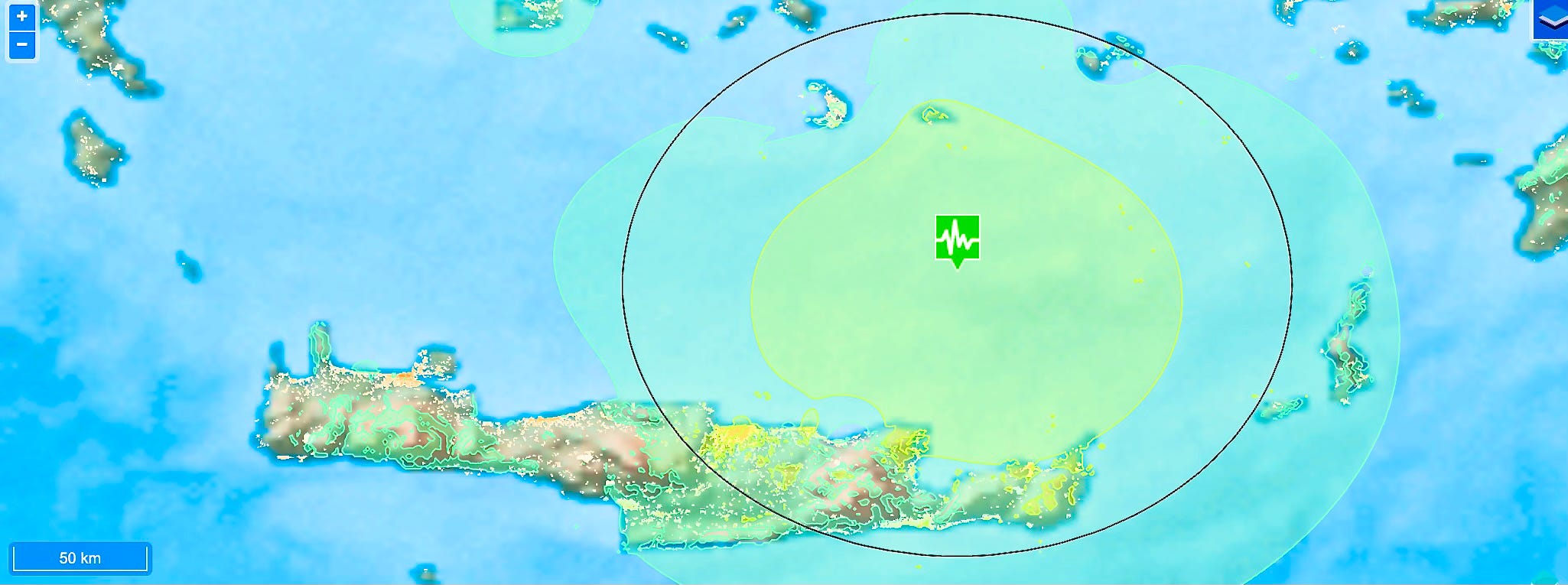
The rumble hits us in Kritsá at 6.19am. At the moment I awake, it is already a roar.
“Earthquake!” Craig is in motion before he has finished saying the word.
I leap out of bed, grabbing my dressing gown, and take the stairs up, two at a time, towards the front door. Craig is right behind me as the walls vibrate.
As I turn the key in the lock, the noise and the shaking stop abruptly.
Silence.
Suddenly we hear our Greek neighbours opening doors, tumbling out into the street. Loud, animated chatter.
Everyone and everything is OK.
The whole thing has lasted no more than twenty seconds. The only damage, I notice later, a slightly ‘wonky’ picture on the wall. Not the wall above our bed - we’ve already been told not to hang pictures there precisely because of the risk of them falling on us during an earthquake!
According to the information soon on my phone, the quake measures 6.1 on the Richter Scale, at a depth off the north coast of Crete that means no great damage has been done anywhere. Those who received phone alerts in advance note that a greater magnitude was predicted. We feel we have got off lightly.
Eight days ago, there was another quake off Karpathos to the East. On that occasion my phone blared out an alarm at 1.51am, along with a warning text to move away from the coast because of tsunami risk. In Kritsá, we felt absolutely nothing. Not a single vibration, other than from my phone when the startling alert went off – and in a village 375m above sea level, there didn’t seem to be any need to go anywhere else. We learned the next morning that the tsunami warning is a standard precaution.
Earthquakes are a fact of life on Crete. Around 2,300 are recorded every year, yet, most are under 3.0 on the Richter Scale. In ten years of owning our house in Crete, we have only ever felt one other.
Knowing that we are in an earthquake zone does have me looking at our furniture differently though. Our Ercol plank dining table, with its curved lines and tapered legs looks lovely, but when the advice during an earthquake is to get underneath something solid and hold on, it doesn’t look as though it would be much use against falling roof beams. If you’re woken by a quake the advice isn’t to run outside as we did, instinctively, it’s to roll underneath the bed!1 We already knew this – so when Craig and I wonder later why the hell we ran towards our front door, we decide it’s because we were still half asleep. But we each size up the space beneath the bed for future reference – just in case.
I’m thinking about this seismic activity, and about the ‘swarm’ of thousands of earthquakes Santorini had in January and February this year, when I am in Mochlos a few days later. Before me, the sea is a deep, teal blue, white foam boiling in the rock pools below the quay where I sit drinking frappé coffee. After a weekend of gales and air laden with thick, red, Saharan sand, the sea is still rough in the narrow channel between the mainland and Mochlos’ small islet - but there has been a definite improvement in the weather today. It feels as though we’re finally back through the looking glass into a bottomless summer, where the sky is as crisp as blue cotton sheets.
The islet is 150 metres off Mochlos’ cove and is a humpbacked mound, with 45 metre-high cliffs on the seaward side. The locals call it St Nikolas after its small, whitewashed church. There’s only one tree, no source of water, and there’s hardly any soil cover to support animal or plant life - but a little over 4 thousand years ago, this was a thriving, bustling place and one of the richest Minoan settlements on Crete.

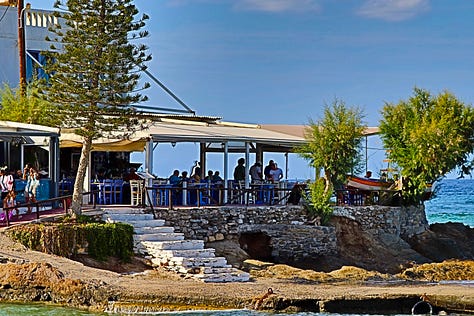
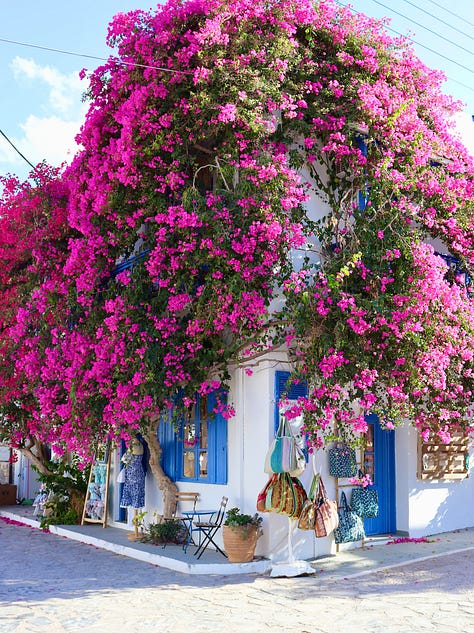
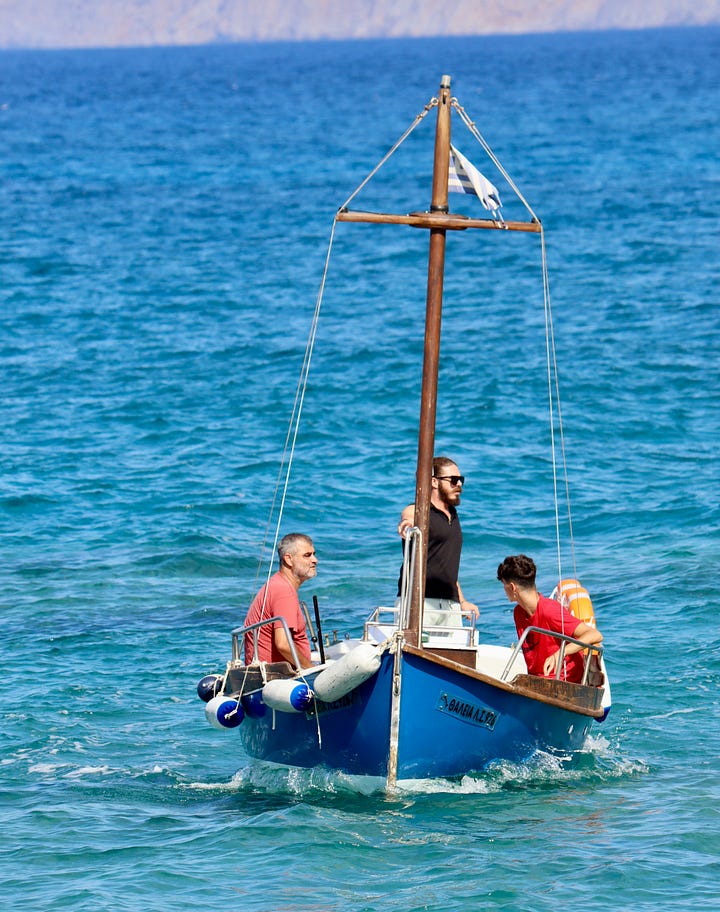
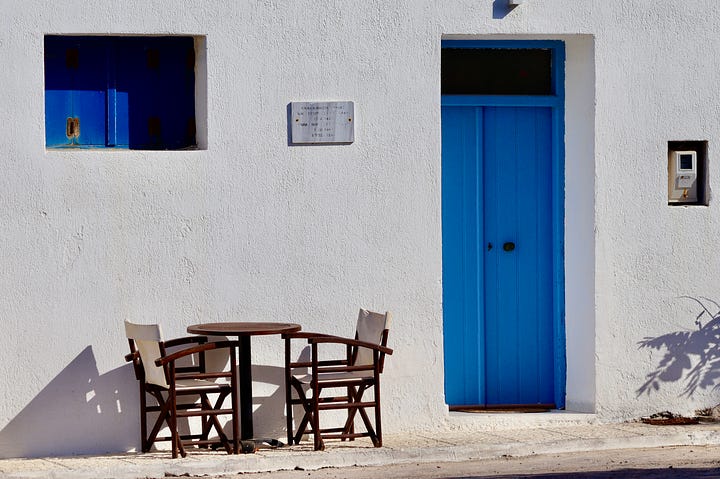
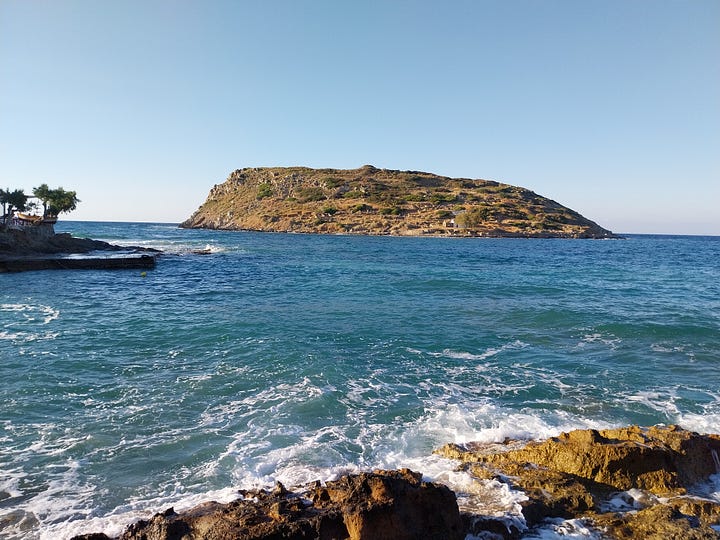
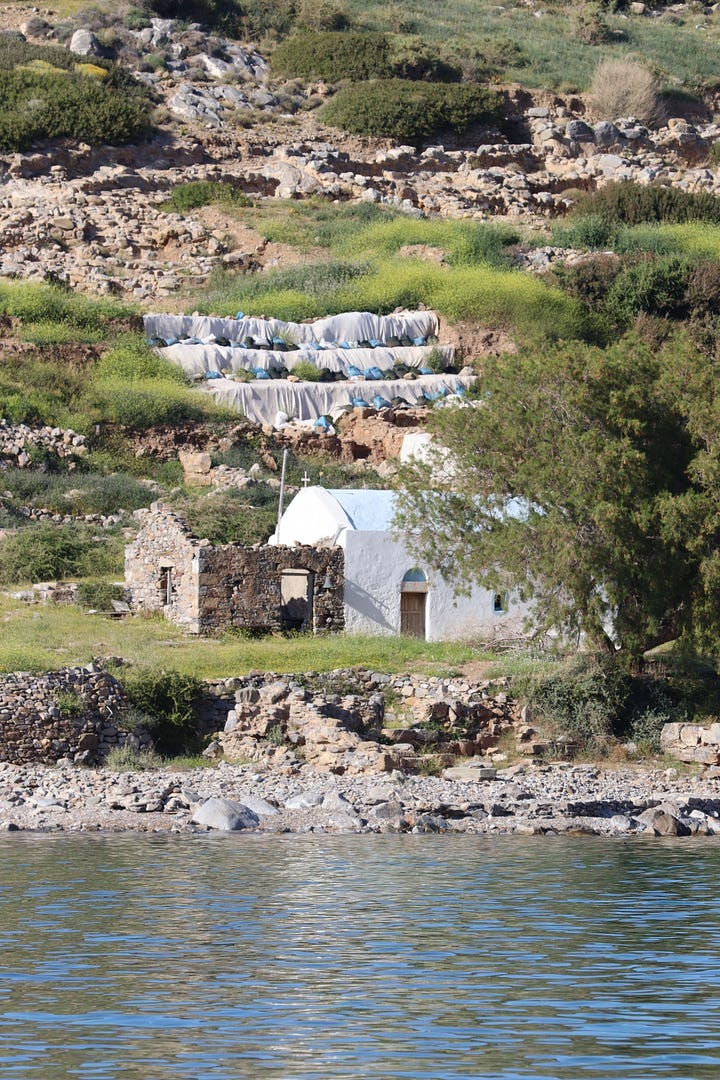
Joined to the mainland at that time by a narrow causeway that formed a natural harbour, this place was home to an important Minoan community of artisan potters and goldsmiths. They exported their work all over the Mediterranean long before Crete’s famous palaces at Knossos, Malia, Phaistos and Zakros were built. In 1908 archaeologists uncovered golden hair ornaments and rings, along with ceramics and tools. Excavation of the remains of the settlement, which lies on the hillside facing the harbour like a crossword puzzle, is ongoing today.
The reason I’m thinking about seismic activity again here isn’t just because I’m back at sea level (although I know which hill I’d be heading for in the event of a warning) - It’s because I’ve read that some of Mochlos’ ancient community of artisans were refugees from Thera, the place we now know as Santorini, 112 kilometres to the north.
Around three and a half thousand years ago, Thera – one big volcano - started to stir. Tremors rocked the land, sending the inhabitants of settlements like Akrotiri fleeing from their homes and scattering them across the Aegean.
Abandonment was to prove a wise move…
When the volcano finally exploded, it did so with a force ten times more powerful than the eruption that buried Pompeii. One third of the island’s land mass was blasted twenty miles into the air, before sinking 40 metres into the sea. The afterglow would have been visible from Crete’s peak sanctuaries.
It must have been like watching an atom bomb going off!
For Mochlos, what happened next was a disaster. In her C4 TV show The Minoans, British historian, Bettany Hughes, says a traveller described the sea ‘hauling itself back from the shore, leaving sea creatures behind in the sand’…. ‘Minutes later, there was a distant roar, then a wall of water racing towards land at the speed of an express train’.
Scientific evidence suggests that the tsunami wave was 100 feet high – more than 30 metres – by the time it reached Mochlos. Higher than the island, its impact would have been massive - plucking boats out of the harbour and tossing them onto the plain at the foot of the mountains.
Within 100 years, the Minoan civilisation collapsed on Crete. The reason is still uncertain. Perhaps there was civil and religious collapse after the failure of the old goddesses to protect the island? Perhaps the fall of pumice and volcanic ash disrupted the climate enough to jeopardise the food supply. This was a time when just two bad harvests could mean famine.
What is known is that Mycenaean invaders took control of Crete around this time, destroying towns and claiming the seat of power at Knossos. The Minoan population was pushed further and further into the mountains, making their last stand at Karfi, high up on the Lasithi Plateau.
Mochlos was already in ruins - its refugees hit twice by destruction. It would be more than 1000 years before the cove was inhabited again.
Today, the only evidence of the Minoan community at Mochlos is the excavated site on St Nikolas. Mochlos is a very beautiful, relaxed, seaside town, known for its seafood and its pocket-sized harbour and beach. It’s home to artisans, wood workshops and a fashion designer, Cecile. For a small fee, Manoli from the Kochilia Taverna takes visitors time travelling across the bay to the islet on his boat…
And when the sun sinks over the ocean, Mochlos is one of the few places around Mirabello Bay where you can sit and watch the sun go down over the ocean at sea level. There is no better place to be with a cocktail, and the crash and spray of the waves. It’s a picture-perfect place of summer dreams…
…Just don’t go hanging that picture above your bed!
If you enjoyed Claire in Crete, you may also like my short story, Ann Hilder - a mystery inspired by the work of the artist LS Lowry and his shadowy muse. Ann Hilder is available as a paperback and ebook on Amazon athttps://amzn.eu/d/bMidwmh
‘Claire In Crete’ publishes new articles every two weeks about Crete’s people, history, culture, places, walks, wildlife and more. It’s free to subscribe to receive each new post, and they’re all public so please, do feel free to share.
Thank you for reading!
Official UK Government Advice in case of earthquake is as follows:
https://prepare.campaign.gov.uk/be-informed-about-hazards/overseas-emergencies/
In the event of an earthquake, you should drop to the ground, cover your head and hold on. This can look different depending on where you are:
If you are inside a building, stay where you are. Do not go outside or change location. Avoid sheltering under door frames where possible. For example, if you are in bed: turn to your front, cover your head and neck with a pillow.
If you are outside, stay outside and try to stay away from buildings, powerlines and trees. If you are near the ocean, move to higher ground.
If you are driving, pull over and stop where it is safe to do so (ideally away from buildings, powerlines and trees). Do not leave the vehicle.
Smaller earthquakes often follow larger earthquakes in the same or surrounding areas. These are aftershocks. They may be felt for weeks or months after an initial earthquake. Follow local advice regarding evacuation or sheltering in place after an initial earthquake. In the event of an aftershock, carry out the same actions as before: drop, cover, hold.

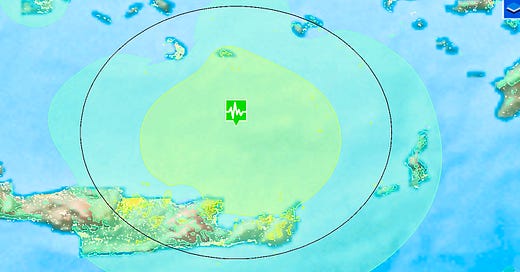


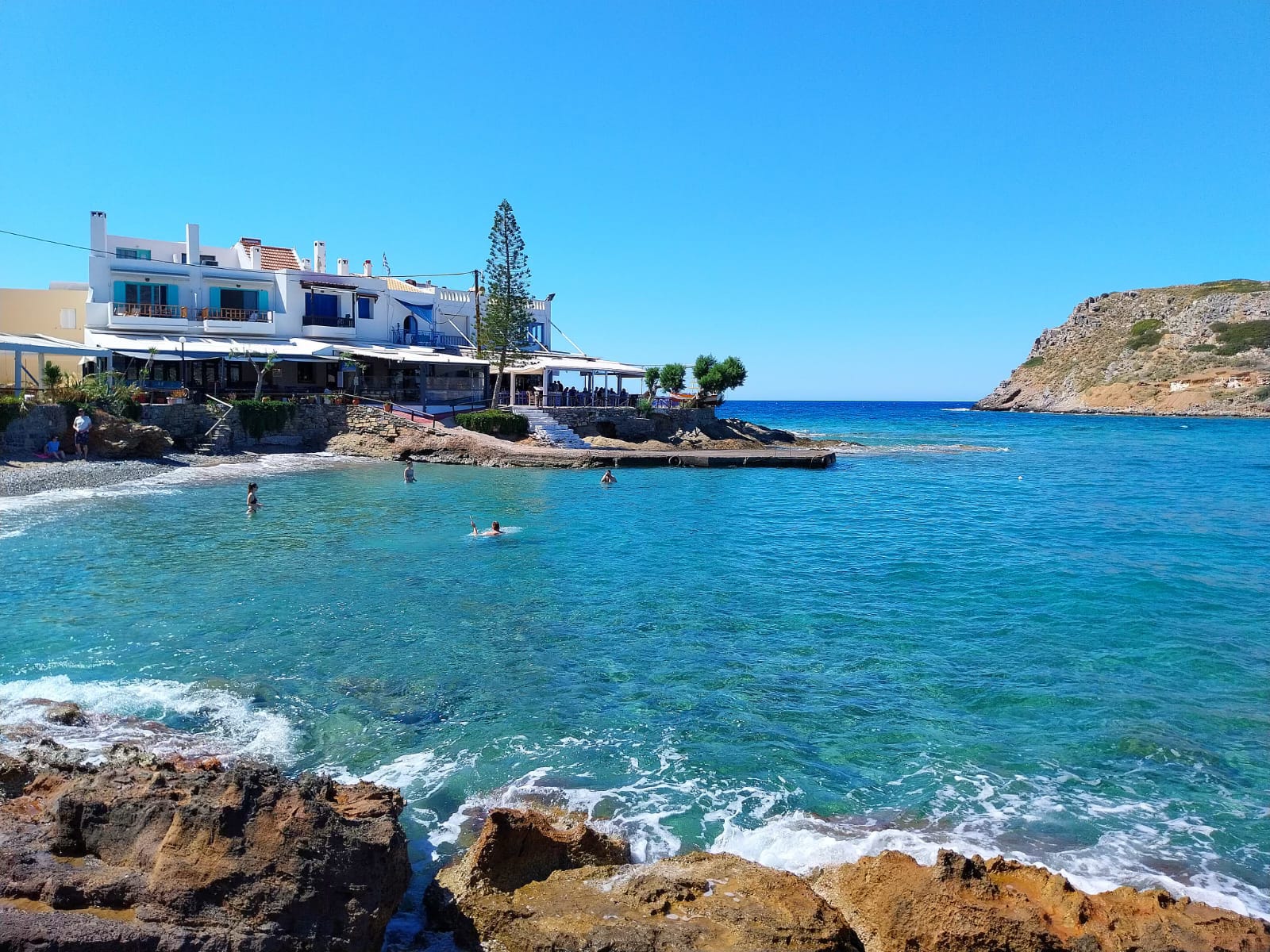
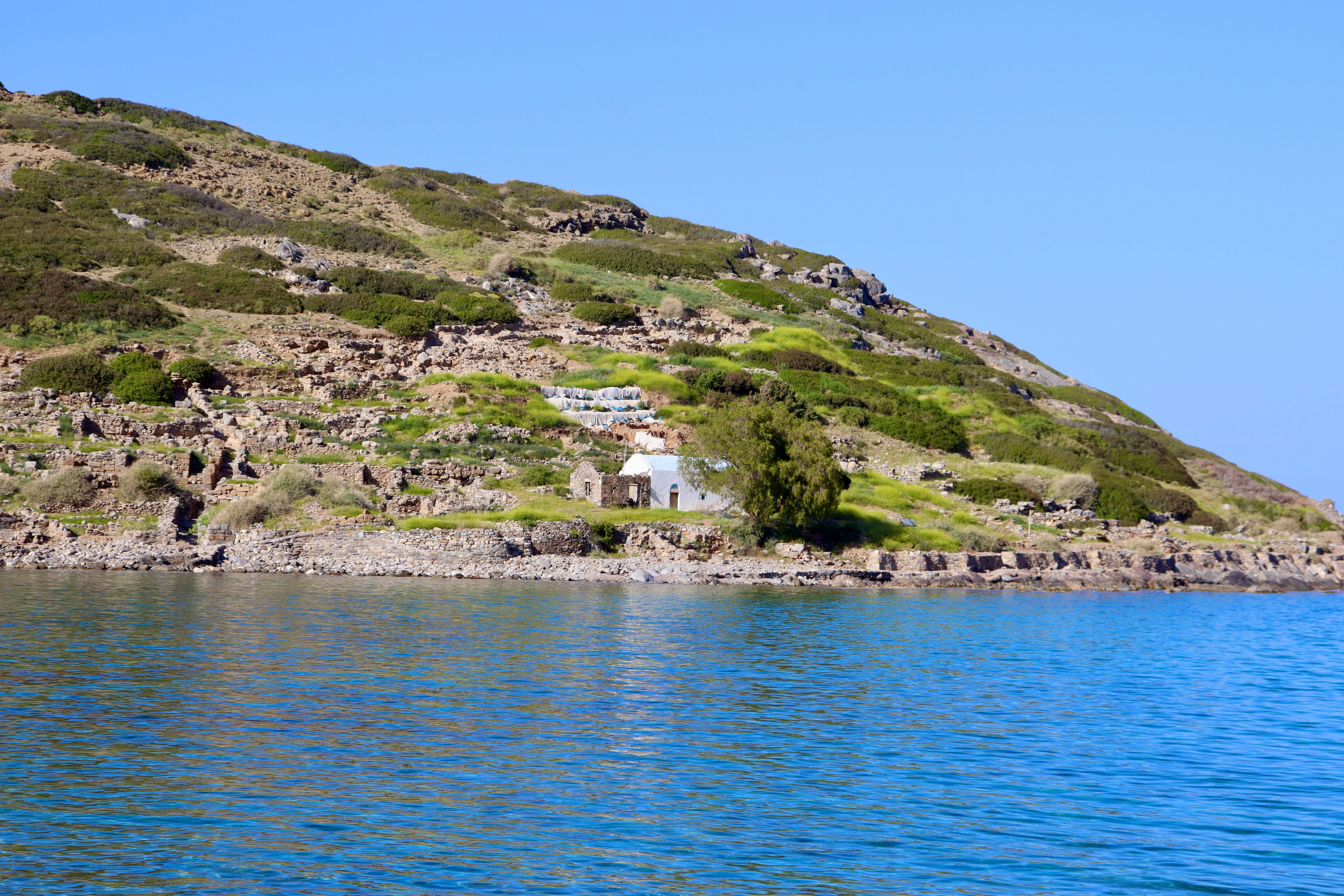
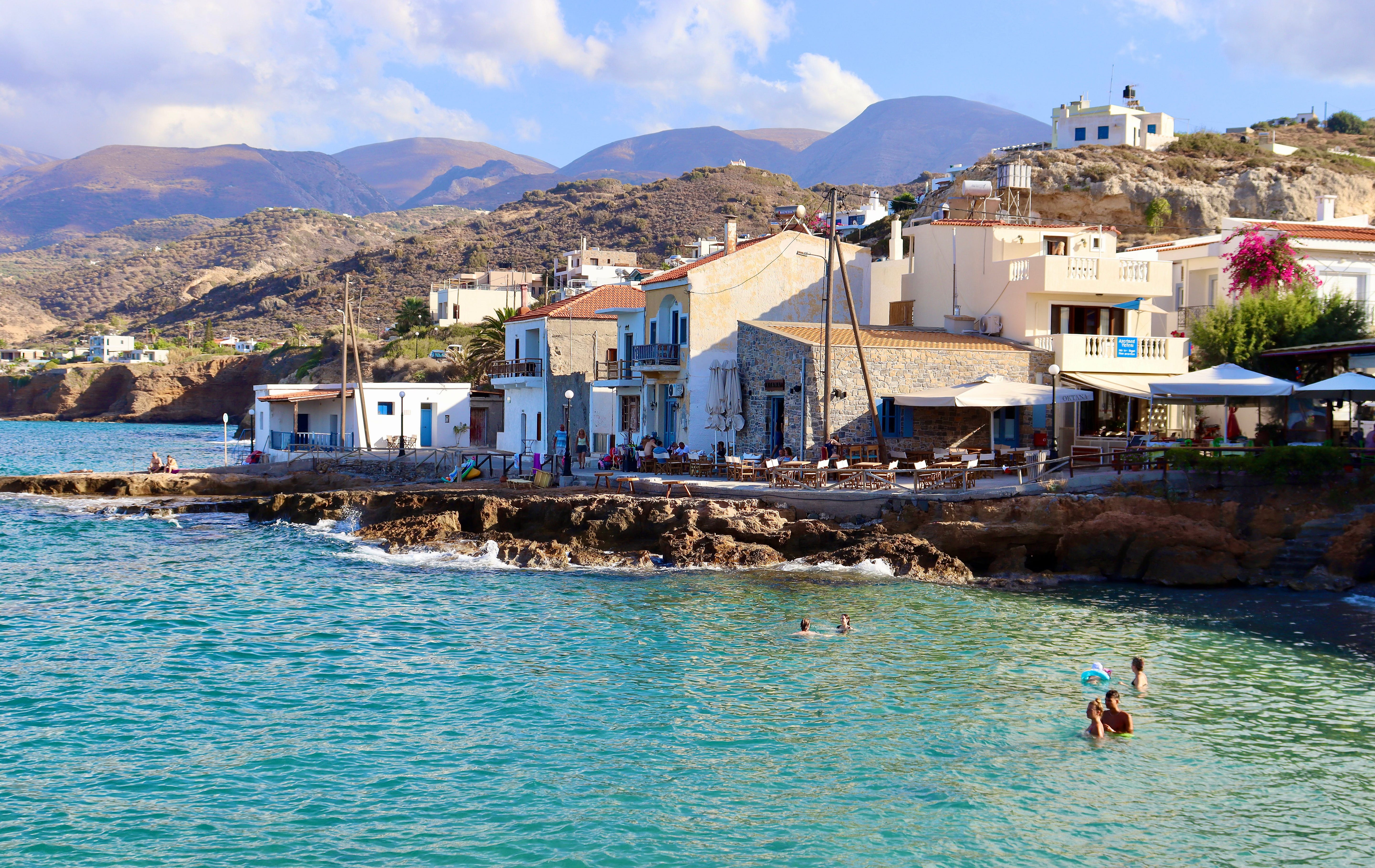
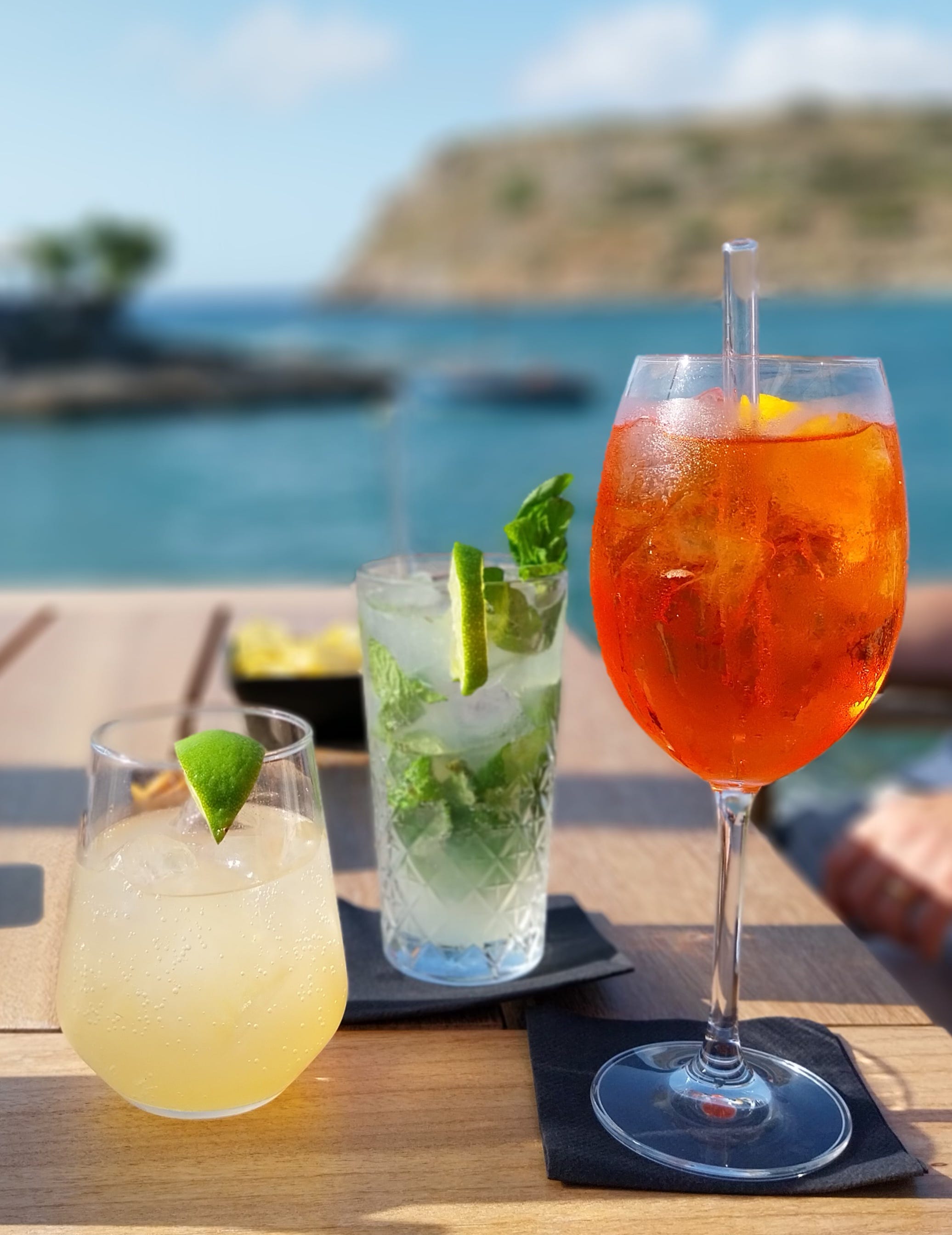
Beautifully written and researched, Claire. Don't believe I had heard your earthquake experience! Hope it was the worst and the last :) x